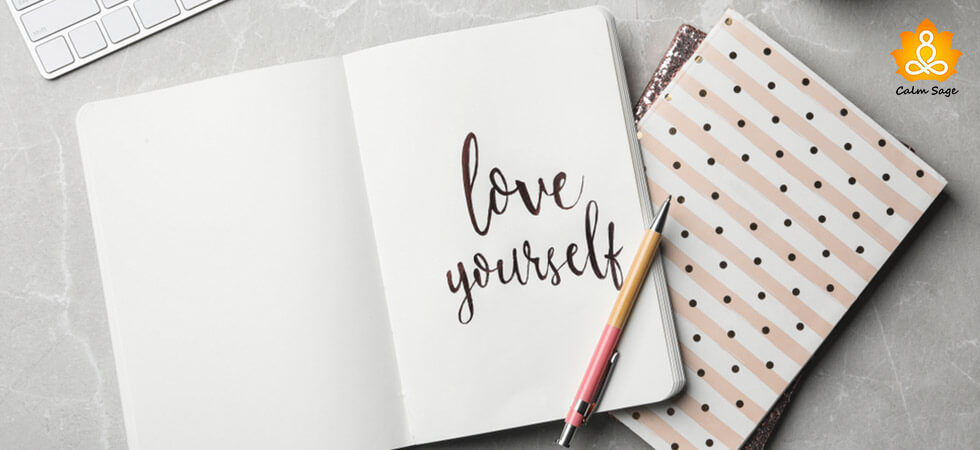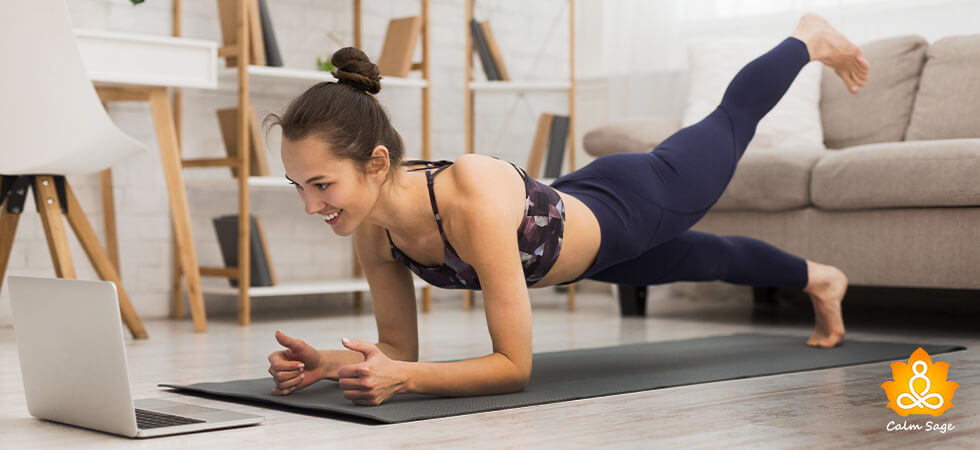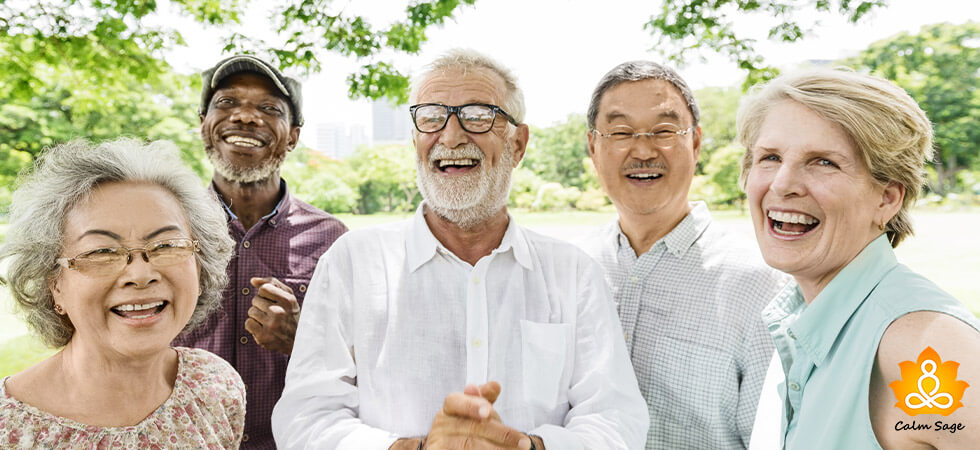7 Self-Care Rituals & Wellness Trends From Other Cultures You Can Try
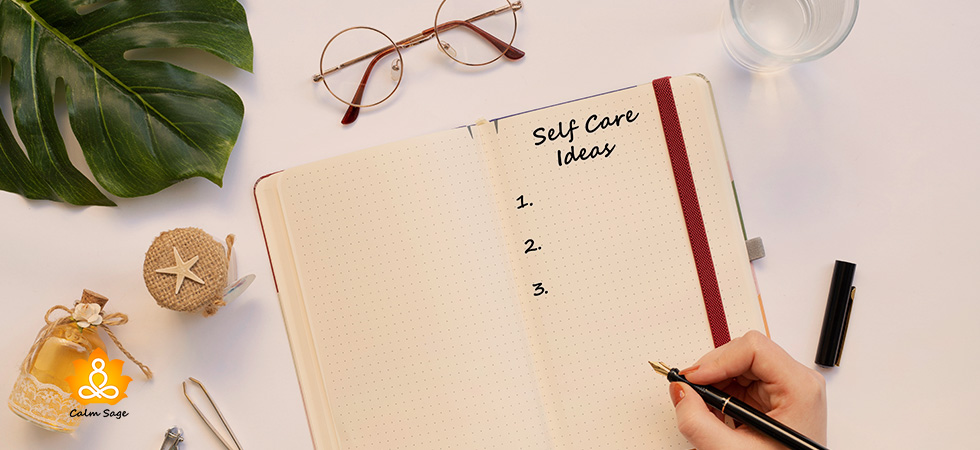
Self-care is all about understanding what your body and mind need to feel better, calm, and relaxed. No matter where you are in the world, the concept of self-care remains the same. Self care rituals is taking stock of what you need and then finding ways to fulfill those needs.
After a stressful day, maybe you need to just cozy up in a blanket aka the Danish ‘Hygge’ or maybe you want to take a coffee break aka the Swedish ‘Fika’ – the names, the ways may change but the one thing that remains constant is – relaxation and unwinding.
“It’s about cultures; they widen the dimensions of the present, they vanquish the walls of the narrow perception. They make you look forward to experiencing a new life that is full of unusual things.” – Noha Alaa El-Din
The Danish Hygge, the Swedish ‘Fika’, the Italian ‘il dolce far niente’, or the Indian ‘Laughter Yoga’ – all of these practices and rituals from other cultures aim at one thing only – to provide complete relaxation and calm to the body and the mind.
Also Read: Are You Practicing All Types Of Self-Care? Time To Focus On SELF
In this blog, we’ll explore some of the different self-care practices and wellness rituals from around the world that can be beneficial to you!
List of 7 Self-Care Rituals & Wellness Trends
1. Danish ‘Hygge’
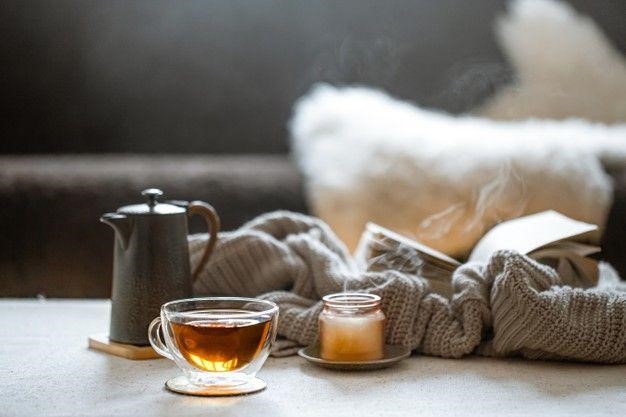
Denmark is the second happiest country according to the World Happiness Report. But what makes the Danes the happiest? It’s the practice of ‘Hygge’ pronounced ‘hoo-gah’. Hygge translates to ‘coziness’ and in Old Norwegian, the word means ‘well-being’.
This Danish self-care practice requires you to curl up in a blanket with a hot cup of your favorite beverage. Spending time with friends and family, i.e., game nights, dinner parties, small get-togethers regularly is what encompasses the practice of hygge. Even enjoying some alone time under some fairy lights or surrounded by some candles can be considered as hygge.
Hygge is more than a self-care practice; it is a state of just being. It’s about taking time to spend with friends and family in a cozy setting. This time spent with friends and family should act as therapy rather than something you must do.
2. Spanish ‘Siesta’
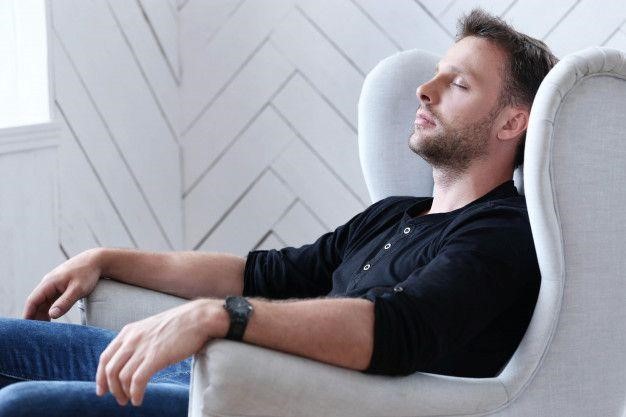
The Spanish Siesta is a part of the lifestyle in Spain and other Mediterranean countries. A ‘siesta’ is when, for a short time during the late afternoon, everything is shut down. For what, you ask? Well, for an afternoon nap, of course (in theory). The Spanish Siesta is something that people take very seriously, whether you are a child, teenager, or adult. Everything from the church to museums to shops is shut down.
This “nap time” isn’t just a treat; it is something that can improve your well-being. According to some researchers, it was found that people who regularly took naps during the day had a lower risk of heart disease. This self-care ritual is something that you too can partake in, as long as it doesn’t hamper your nighttime sleep.
3. Japanese ‘Forest Bathing’
You must have noticed that many self-care practices mention taking a hot bath after a stressful day but the Japanese this on the next level. The Japanese call it ‘Forest Bathing’ or ‘shinrin-yoku’. Forest bathing is not about camping or hiking, or even taking a literal bath in the forest; it is about immersing your body and mind in nature!
In research, it was found that forest bathing can help increase immunity, decrease depression, fatigue, and anxiety. Not much is needed to practice ‘forest bathing’, no special places to find. All you need to do is find a garden, or a cluster of trees and walk slowly through it with your senses taking in nature.
4. Indian ‘Laughter Yoga’
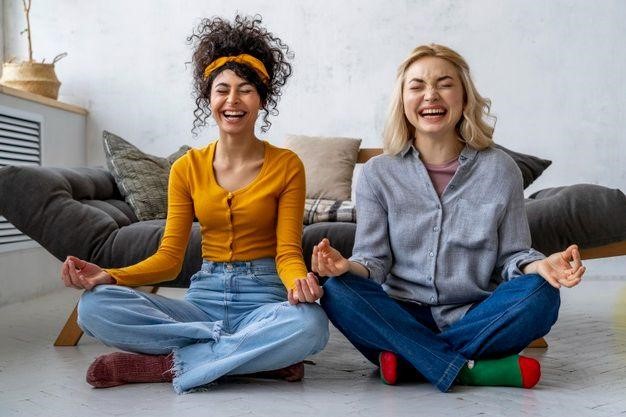
“Laughter is the best medicine”, right? But have you ever tried fake laughing? In India, ‘Laughter Yoga’ is a popular exercise that involves stretching and laughing on purpose. Laughing – even a fake one – can help in the release of endorphins and trigger feelings of joy and elation. Fake it till you make it fit here, doesn’t it?
Laughter yoga is often performed in groups where fake laughter can turn into real laughter. This practice asks you to laugh like no one is watching. Next time you need a quick rush of endorphins – laugh out loud!
Also Read: Can Laughter Therapy Beat Depression?
5. Swedish ‘Fika’
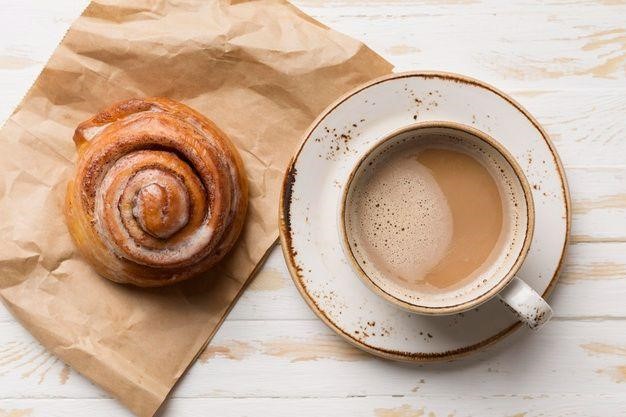
‘Fika’ is often loosely translated as ‘coffee and cake break’. In Sweden, self-care means slowing down, practicing mindfulness, and relaxing with a cup of coffee and a piece of cake (or pastry) as opposed to grabbing a quick on-the-go cup of coffee and a muffin from Starbucks.
Fika, like the Danish hygge, is a state of mind that is a very important part of the Swedish culture. Taking time every day for ‘fika’ is important in Swedish culture. This ritual cannot be experienced alone.
According to the Swedes, it is important to slow down, breathe, and socialize with others. By practicing this ritual, we give ourselves time to take a breath, refresh our minds, and strengthen our relationships with others.
Also Read: Learning Mindfulness: How to take a Mindful Coffee Break
6. Argentinian ‘Talk Therapy’
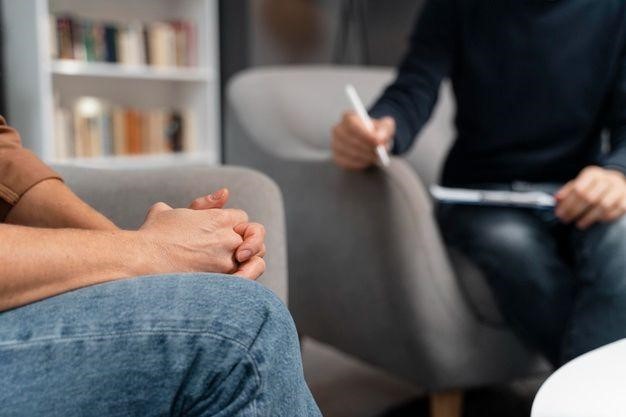
Did you know that Argentina has the highest number of psychologists per capita than any other country in the world?
Across the country, the stigma surrounding seeking professional help is absent. People in Argentina take their mental health and wellness very seriously, so to them seeking therapy is self-care and it doesn’t take more than $30 to seek therapy.
Also Read: The Importance Of Therapy In Your Life
7. Italian ‘il dolce far niente’

While keeping busy can be helpful for many, the art of not doing anything can be helpful too. ‘Il Dolce far niente’ literally translates to ‘being lazy’. Italians believe in taking time to slow down and enjoy the feeling of simply being.
The art of doing nothing in Italy is a philosophy and it is instilled in the lifestyle of the people there. This practice encourages one to enjoy the moment and seek pleasure in ‘being lazy’ or doing nothing.
Living by following the concept of the Italian ‘il dolce far niente’ can help you relax and just be in the moment. Il dolce far niente is a way of life where you just sit, relax, be in the moment and enjoy whatever you’re doing (or not doing).
In other words, this Italian way of living is spending some ‘me time’ without doing anything in particular and just observing the life around you.
Sounds peaceful and relaxing, doesn’t it?
Final Thoughts
Different world cultures have different wellness and self-care practices but all of them follow the same concept – taking some time to relax your mind & body, and just focus on the now.
For more information on self-care practices, visit our website or write to us at info@calmsage.com.
“Self-care is not self-indulgence, it is self-preservation.” – Audre Lorde






